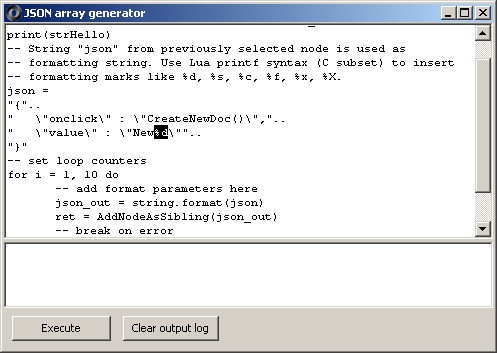

Baseelements json array software#
React Testing Library's primary guiding principle is: The more your tests resemble the way your software is used, the more confidence they can give you.

The best part is that it allows for these functions in a way that encourages better testing practices. It's quite a lightweight solution for testing React components providing utility functions on top of react-dom and react-dom/test-utils. That's what React Testing Library comes in to solve this problem. The testbase should be maintainable in the long run so that the refactoring doesn't break your tests and cause another issue to slow down the development process. Our tests should be maintainable for React components, which involves avoiding our components' implementation details and focusing on making them robust. The typical problem we see while writing tests for our code is that we need maintainability. What problem is React Testing Library trying to solve, and how does it provide the solution? Let's begin! Basic level - React Testing Library Cheat Sheet 1. In this cheat sheet, we will walk you through a majority of its topics suited for beginners to pros. But what is it? This React Testing Library Cheat Sheet will answer all your questions! React Testing Library is a set of helpers built on top of the DOM Testing Library by adding APIs to test React components without relying on their implementation details.Īs you can get by its name, this library is specifically built to work with React components, and it has out-of-the-box support if you are using the Create React App toolkit to develop React application.

But if we were to do some automated tests, the React team recommends choosing some libraries, one of them being the React Testing Library. When it comes to testing React apps manually, we can either choose to render individual component trees in a simplified test environment or run the complete app in a realistic browser environment (end-to-end testing).


 0 kommentar(er)
0 kommentar(er)
